
Miso is a magical ingredient and one we always have on hand. It’s versatile, provides incredible umami flavor, and is rich in probiotics. So we wanted to share more about it, including its origins, how it’s made, the different types, health benefits, and how to use it (including recipes!).
About Miso
It’s believed that miso originated in China and was introduced in Japan more than 1,300 years ago by Buddhist priests. It was made with fermented mixtures of salt, grains, and soybeans and used as a way to preserve food during warmer months.
It has since become a staple in Japanese cuisine and is made with a variety of ingredients including rice in the north, sweet white miso near the once-capital of Kyoto, soy in the central Aichi prefecture, and barley in the south (source). Fun fact? In Japan, there are over 1,500 miso factories (source).
In the US, miso can be found in the refrigerated section of most grocery stores and Asian markets.
How Miso is Made
Before we explain how miso is made, it’s important to know it has three components: soybeans, salt, and koji. You’re probably familiar with the first two, but what’s koji?
Koji is made from a type of beneficial fungus called Aspergillus oryzae that grows by breaking down the starch in rice, barley, or soybeans. Most commonly, rice is used.
The koji is then mixed with boiled, mashed, cooled soybeans, plus salt and warm water. It’s stirred until it resembles a soft dough. And then it’s covered, sealed, and allowed to ferment in a cool, dark place. Once fermented, miso will keep for up to several years.

Types of Miso
There are different types of miso available and products vary in flavor by brand. This is due to differences in the ratio of soybeans, salt, and koji as well as how long the mixture is fermented.
Based on our research and personal experience, here’s what we’ve found in terms of how they vary:
- Shiro (white) miso – sweetest, mild-tasting, and usually less salty
- Aka (red) miso – stronger flavor and usually more salty
- Mugi (yellow) miso – earthy, mild-tasting, fermented with barley
- Chickpea miso – to our knowledge, this is not a traditional preparation of miso but is a soy-free alternative. The flavor resembles shiro (white) miso.
Our favorite brand/type is Miso Master Chickpea Miso because it’s mild, perfectly salty, and umami. Our second favorite is Shirakiku White Miso, which is slightly more bitter but has nice umami flavor. We didn’t prefer the more bitter taste of Miso Master Red Miso or the acidic taste of Miso Master White Miso.

Health Benefits of Miso
Miso is rich in minerals like zinc, copper, phosphorous, and manganese, as well as vitamin B2, vitamin K, choline, and omega 3s. Soy miso also contains phytonutrient antioxidants (source).
As a fermented food, the Aspergillus oryzae in miso aids digestion by helping break down food into smaller molecules. Consider it your digestion sidekick. Some products also contain other friendly bacteria, such as Lactobacillus or Bacillus subtilis that may further support digestive health (source).
Research also suggests that daily miso consumption may contribute to a lower risk of stomach cancer and heart disease.

How To Use Miso
Miso is delicious added to soup, ramen, sauces, marinades, or any time you want to add salty-umami flavor. It goes well in many Asian-inspired dishes.
How Long Does Miso Last Once Opened?
Opened miso is best stored in the refrigerator, where it should keep for anywhere from 3-6 months (sometimes much longer). You’ll know it’s gone bad when the smell, color, or taste is off or unusual, or there is visible mold. Because it is “alive” with enzymes and probiotics, it’s always best to use it as close to opening as possible for best flavor and health benefits.
Can You Freeze Miso?
Yes, you can freeze miso, but we don’t find it necessary since it keeps for such a long time in the refrigerator (at least 3-6 months, sometimes more). However, if your miso is nearing its expiration date or you know you won’t be able to use it in time, simply scoop it into an ice cube tray for easy-to-use, pre-portioned amounts, cover, and freeze. It likely won’t get entirely firm and will retain some malleability. Then store in an airtight container to ensure freshness. It will keep its flavor and most of its probiotic integrity for up to 3 months.
Miso Recipes
If you give any of these recipes a try, let us know! Leave a comment, or take a picture and tag it #minimalistbaker on Instagram.
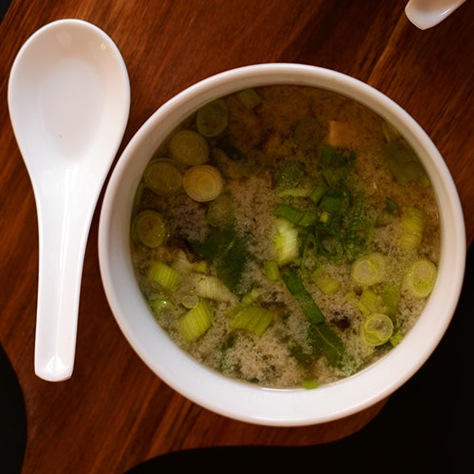
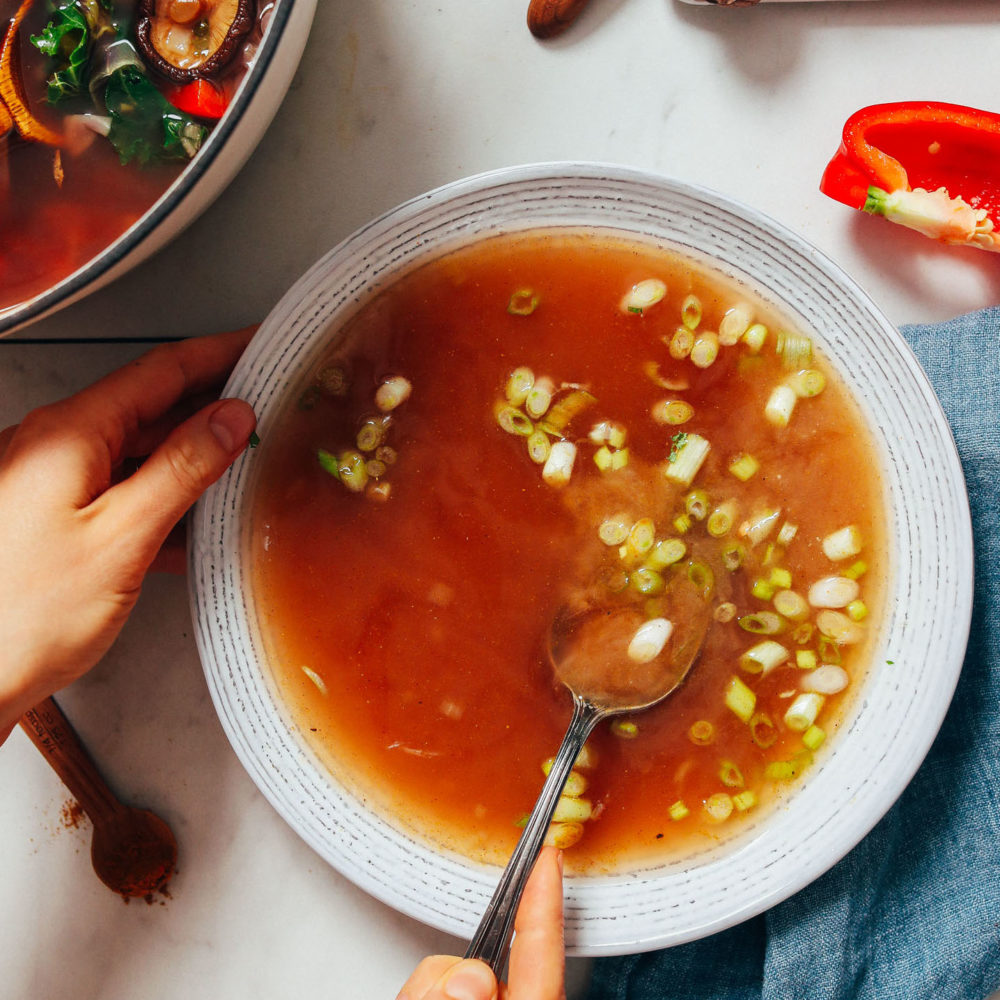
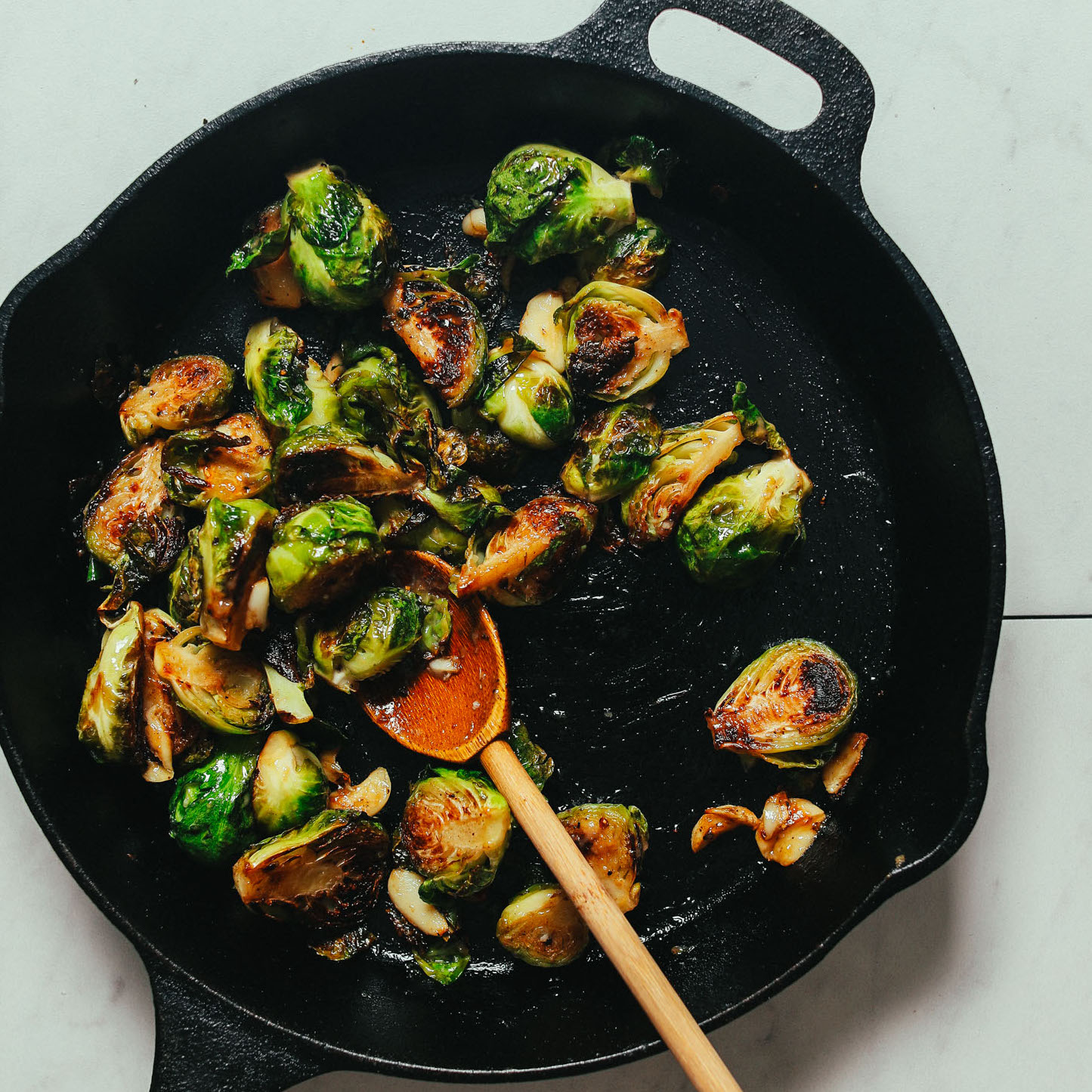
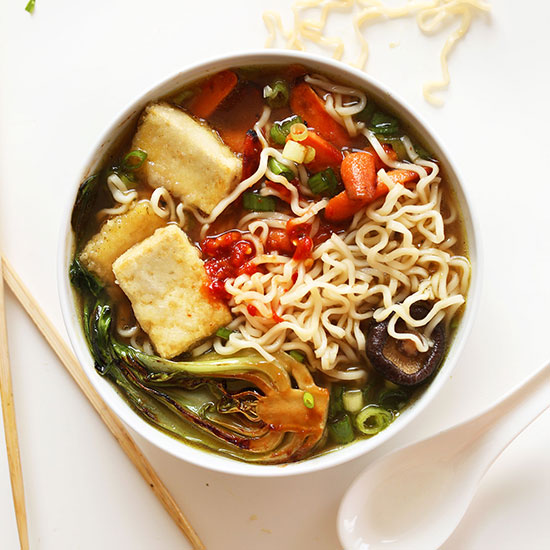





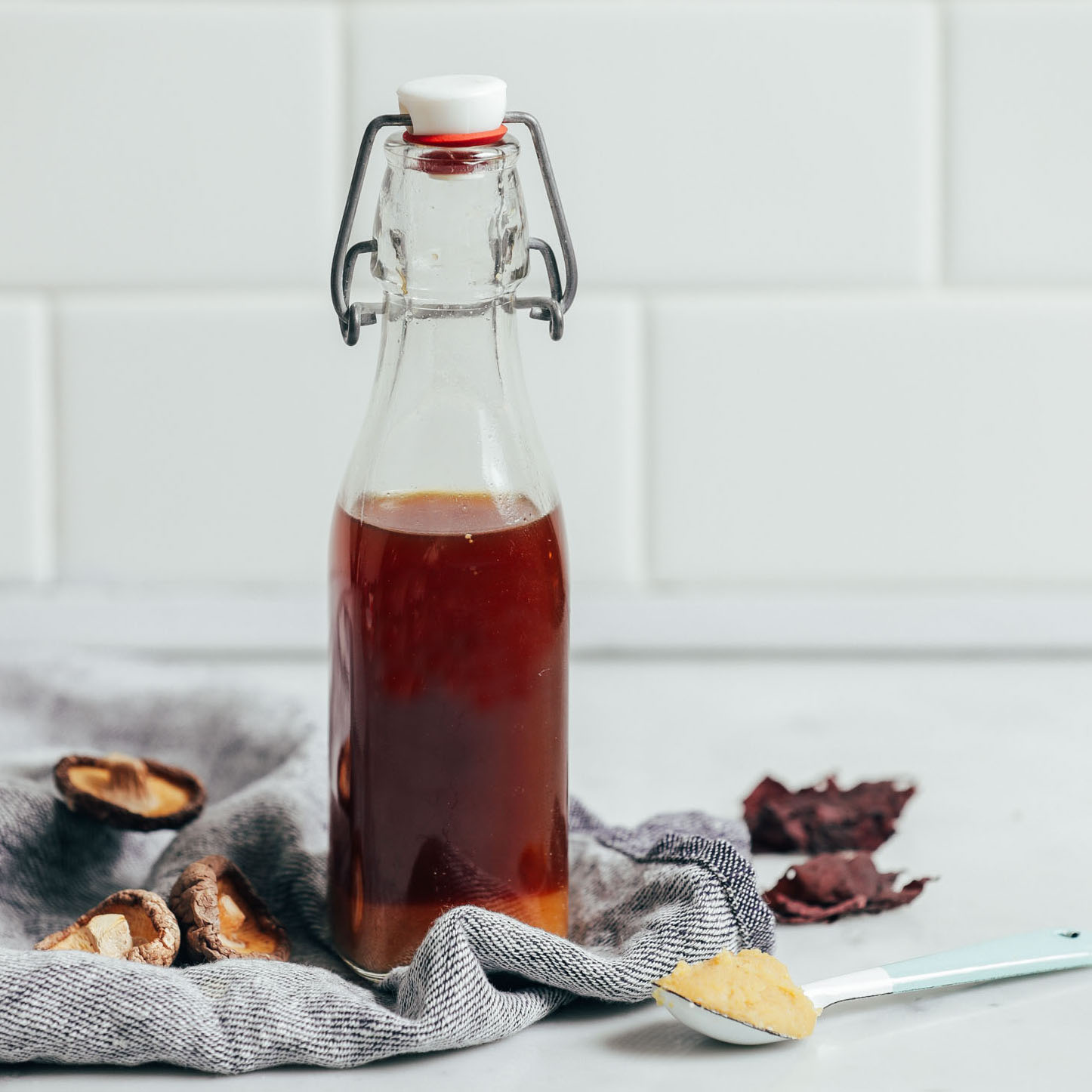



lani says
if I were to only buy one which would you recommend as the most versatile?
Our favorite is white chickpea miso
DeeDee says
I was just trying to figure out what kind of miso to try, so I’m glad I found this article! I hope I can find the chick pea one in my area – it sounds perfect for me. I appreciate the recipes too!
Perfect! We’re so glad it’s helpful =)
sherry says
i’ve only just found out recently that miso can be made from other things than soy beans. I bought a trio of misos – one made with garlic, and one with peanuts. very tasty!
Fascinating! We haven’t seen those variations. Thanks for sharing!
Jennifer says
Thank you for the info on the different miso’s. I’m definitely going to try some of these recipes this week. We love your recipes and often recommend you to friends who are vegan and vegetarian.
Aw, thanks Jennifer! We love that. And we’re so glad this was helpful! xo
Christine says
Thank you for this information on Miso. I was afraid to even try it since I really didn’t know exactly what it was – I avoided all recipes with miso.
Now I can branch out a bit and see if I like the stuff.
Yay! It’s one of our favorite ingredients =) Enjoy!
Kristi says
Truly enjoy all your posts. The ones on ingredients like miso and vegan fish sauce are really helpful. I bought matcha and moringa after your post and now have a new morning ritual. Thanks so much! I send out a newsletter to a small group of vegan or aspiring vegan friends and I always credit or reference you. Keep up the good work!
We’re so glad you find these posts helpful! Thanks for sharing, Kristi! xo
Lynne says
Thank you so much for this MISO education! I never knew what it was before, but I see it in many recipes. Because the recipes usually just call for a small amount, I’ve just left it out because I didn’t want to buy a container that would be mostly wasted. Good to know that it lasts several months once opened. Could you please suggest a substitution for MISO if I don’t want to buy a container when I only need a small amount? Thanks! Oh, and I enjoy your recipes!
Hi Lynne, we’re so glad it’s helpful! It will depend on the recipe, but coconut aminos or tamari can sometimes work, but isn’t quite the same flavor profile.
Hirono says
You can keep miso relatively fresh by putting it in a sealed container and placing a piece of cooking sheet just big enough to cover the surface of the miso. This will significantly prolong the time it takes miso drying out and changing color/taste.
Awesome! Thanks for sharing, Hirono!
B says
Miso lasts a VERY long time once opened in fridge as it is a fermented product. It lasts MONTHS . Using it in Miso broth/soup is a good way to use it up faster, OR, Minimalist Baker’s Gochujang sauce is AMAZING!!!
Av says
Where is miso typically found in the grocery store?
It will be in a refrigerated area. We’ve seen it near the produce section, but also near tofu and hummus!
Kathi says
I would think that cooking a dish after adding miso will destroy the beneficial probiotics, so I mix with a little water and add to partially cooled soups/stews. Do you know at what temperature the probiotics are destroyed?
Hi Kathi, yes! We like to do that as well. Based on our research, they seem to survive up to 115 F.